Re-examining a major deep-sea fish collection
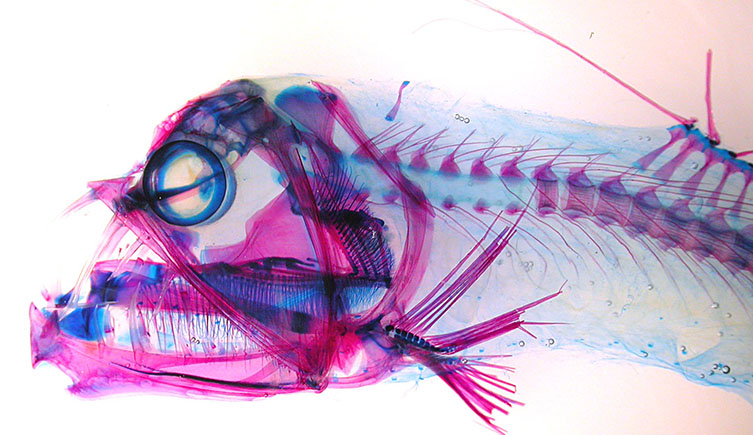
A cleared and stained specimen of Sloane's viperfish (Chauliodus sloani) from the Institute of Oceanographic Sciences collection
Project summary
- Focus: Discovering new species of deep sea fish
Analysis of a major historical collection is revealing new deep-sea fish species and insights into known species.
In the late 1990s the Museum received a huge donation of samples from the Institute of Oceanographic Sciences (IOS). Most of these were collected by the research vessel RRS Discovery from the northwest Atlantic during the late twentieth century.
The size and composition of the collection make it one of the most important of its kind in the world. It includes thousands of fishes, including species ranging from the surface down to more than five kilometres deep.
This is an ongoing project to curate the samples and create an online database of specimens that will be available to researchers worldwide.
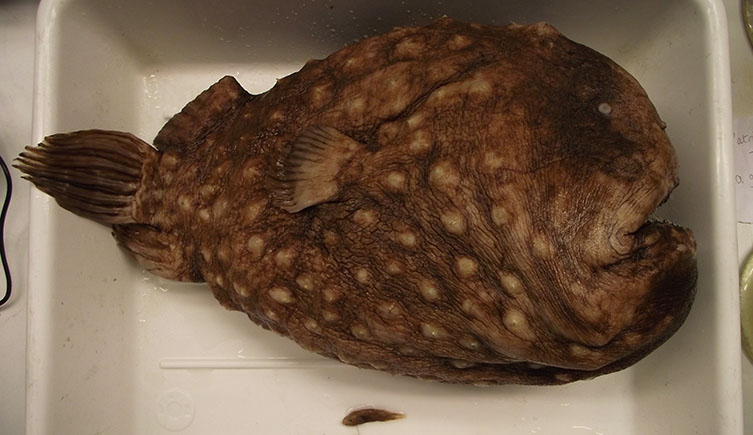
Male and female deep-sea anglerfish (Himantolophus groenlandicus) show huge sexual dimorphism in body size. Males (bottom) are tiny and attach parasitically to the large females (top).
The Museum's IOS material has been used in several important research projects, leading to major publications on deep-sea anglerfish (Ceratioidei), dragon fishes (Stomiidae), manefishes (Caristiidae) and spookfishes (Opisthoproctidae).
Nine new species have been described from this material in the last 15 years, providing the Museum with 18 type specimens. The most recently described new species is Paraphyonus merretti (also part of a new genus), named after the previous head of the Vertebrates Division, Dr Nigel Merrett. The description of P. merretti is based on three specimens collected from a depth of around 4,500 metres.
We are also using new technology to better understand specimens in the collection. For example, we recently used a computerised tomography (CT) scanner to determine the final meal of a hairy anglerfish (Caulophryne pelagica).

CT scanning this hairy anglerfish (Caulophryne pelagica) revealed its last meal
This specimen was scanned at the Museum's micro-CT lab. The results were so clear that it was possible not only to see the skeleton of a large fish inside the anglerfish's stomach, but to identify it as a softskin smooth-head (Rouleina attrita).
Museum staff
Volunteers
- Mike Bull
- Grace Goodey
- Katie Pullen
- Roberto Teixiera
Related information
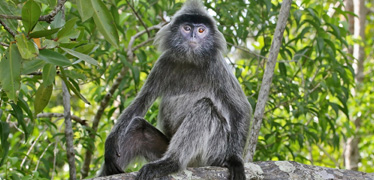
Biodiversity
We are creating molecular and digital tools to explore undiscovered biodiversity.
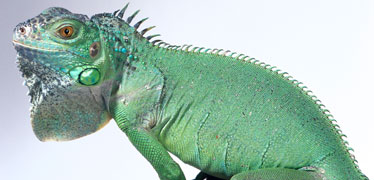
Vertebrates
Determining the diversity, biogeography, taxonomy and phylogeny of vertebrates.
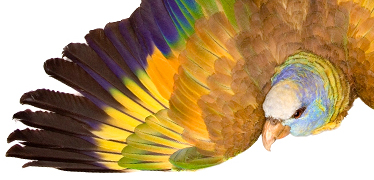
Zoology collections
Our zoology collection has 29 million animal specimens and is rich in voucher, type and historical specimens.